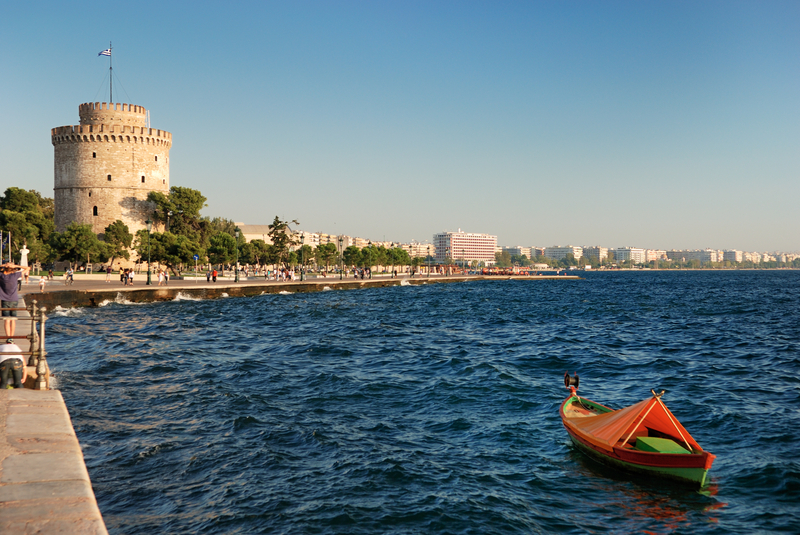Naxos, Greece is the biggest and most fertile island in Cyclades, a Greek island group in the Aegean Sea. A popular tourist destination, Naxos provides amazing beaches, sunny weather, intense night life, and memories that will last for a lifetime.
Naxos is the island where according to Greek mythology, hero Theseus abandoned Cretan Princess Ariadne after she helped him defeat the Minotaur and escape from the labyrinth in Crete. Ariadne married God Dionysus over there and from that moment on, the wine made in Naxos became famous as being the ideal antitode for a broken from a break up heart. 
Naxos is accessible both by air and by sea. There are daily flights to Naxos from Athens and Thessaloniki. Fairies sail from Piraeus Port in Athens.
Golden sand and an amazing turquoise color is what characterizes the beaches of Naxos. The beach of Agios Georgios is the most popular one, mainly because it is ideal for water sports but also because its shallow sea is safe for children. The beaches of Agios Prokopios and Agia Anna while also popular are however less crowded, because they are long enough and therefore it is easier to find some private spots.
Rooster, lobster, pasta lamb and cheese pie are some of the most famous local recipes that tourists can try. There are plenty of restaurants all over Naxos, but the best are the ones located in the fishing villages.
With hundreds of cafes, bars, beach bars and nightclubs, tourists have a variety of options on how to spend their nights and it is for certain that they will find something to their liking. It should be noted that Greeks usually eat after 8.30 pm and go to bars after 12 pm, therefore tourists should be able to adapt to this routine.
Portara, or else called ‘’The Great Door’’ is a massive doorway, remain of the ancient temple dedicated to Greek God Apollo, close to the port of Naxos and is considered to be a special landmark.
Another famous monument is Naxos Town Castle, located on a hill in Chora, capital of Naxos. What is impressive about Naxos Town Castle is that is still inhabited and still preserves its main characteristics.
The Archaeological Museum of Naxos is located in Chora, in a 17th century building and exhibits amazing works of art as well as unique objects from the Late Neolithic period until the Early Christian Times.
An island rich in history, with a unique charm and diverse land, Naxos will certainly satisfy even the most difficult tourists.







